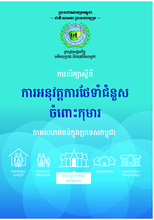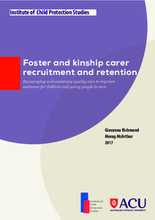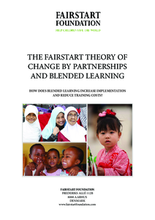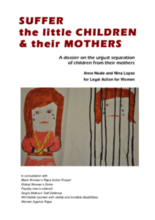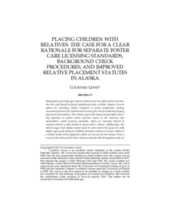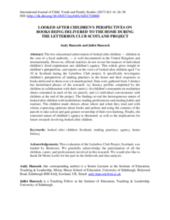Displaying 1591 - 1600 of 2214
The ‘Study on Alternative Care Community Practices for Children in Cambodia, including Pagoda-based care’ (published in Khmer) is the first of its kind which sheds light on how different forms of alternative care are being used in the community.
The subject of this report is to present the findings of stage two of a project aimed to address the anticipated risk to the foster care workforce by identifying and disseminating the most effective strategies to attract, support and retain foster caring families across all states and territories in Australia.
This paper describes the blended learning theory and practcal training designs from the Fairstart Foundaton, afer ten years of partnerships that have trained the caregivers of some 30.000 placed children and youth.
This Dossier aims to show the extent of the problem of children being taken into care in the UK and the trauma of family separation, the supporting evidence self-help groups of mothers are beginning to get from professionals, and to make proposals for action.
The article contains analysis of parental potential in foster families and the resources of its strengthening with the support of the professional community.
This chapter examines stories that foster care youth tell to legislatures, courts, policymakers, and the public to influence policy decisions in the US.
This collection of poetry and writing throws the spotlight on living 'in care' - a subject rarely explored in literature and yet experienced by more than 60,000 children in the UK every year.
This Article argues that Alaska should adopt a threestep approach to achieve better outcomes based on the American Bar Association’s model licensing standards, which are narrowly tailored to evaluate whether a child should be placed with a relative.
This article gives weight to children’s perspectives, and reports on the views of looked after children aged 7 to 10 in Scotland during the Letterbox Club project.
This documentary tells the stories of four Aboriginal grandmothers in Australia whose grandchildren have been removed and placed in state care, and who are fighting to have their grandchildren placed in their care.

